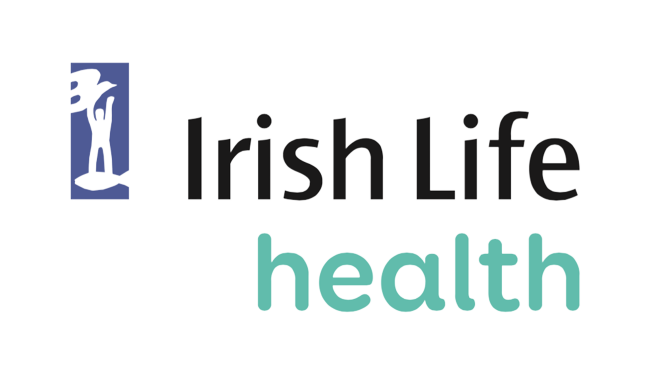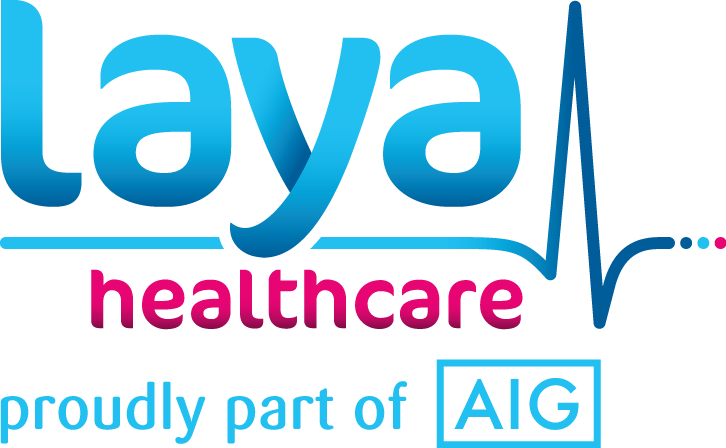Extracorporeal Radial Shockwave Therapy
Extracorporeal Radial Shockwave Therapy is a series of high-energy percussions to the affected area. The shockwave is a physical sound wave “shock,” not an electric one.
Book AppointmentFAQ's
-
The treatment produces an inflammatory response. The body responds by increasing metabolic activity around the site of pain. This stimulates and accelerates the healing process
-
Shockwave breaks down scar tissue and calcification as well
-
Transmission of pain is blocked
Conditions We Treat
- Shoulder
- Elbow
- Wrist, Thumb & Hand
- Low Back & Sacrum
- Groin & Thigh
- Hip joint & Lateral Hip
- The Knee
- Ankle & Foot
- RC: Supraspinatus
- RC: Calcific tendinosis
- RC: Subscapularis
- RC: Infraspinatus & teres minor
- Frozen shoulder
- Acromioclavicular joint
- Sternoclavicular joint
- CEO & tendinopathy
- CFO & tendinopathy
- Triceps tendinopathy & post elbow
- Scaphoid
- Ulnar styloid
- CMC & MC thumb
- MCP, PIP, DIP (II-V)
- Dupuytren’s Contracture
- Lumber facet
- Sacroiliac Joint
- Coccydynia
- Spondylolysis
- Osteitis Pubis
- Adductor tendinopathy
- Sartorius tendinopathy
- Rectus femoris tendinopathy
- Hamstring tendinopathy (prox)
- Hamstring tendinopathy (distal)
- Hip arthritis & OA
- Iliotibial band syndrome
- Greater trochanter pain syndrome
- Patellar tendinopathy
- Patellofemoral joint pain
- Knee arthritis & OA
- Medial collateral ligament
- Lateral collateral ligament
- Pes anserina
- Medial tibial stress syndrome
- Achilles tendinopathy
- Plantar fasciitis
- Lateral ankle ligaments
- Peroneal tendinopathy
- Medial ankle ligaments
- Medial ankle tendinopathy
- Ankle arthritis & OA
- Tarsal & TMT joints
- 1st MTP arthritis & OA
- Metatarsalgia (II-V)
Biological Effects of Shockwave Therapy
- Pro-angiogenic
- Analgesic
- Anti-inflammatory
- Proliferative
- Increase in blood flow
- Cellular: increase cell permeability, circulation & metabolism
- Pro-inflammatory: rebooting healing process – macrophage activation & polarisation
- Pain: selective targeting unmyelinated sensory fibres – C sensory fibres
- Pain: counter irritant pain gate mechanism (Melzack & Wall)
- Stimulation of connective tissue and osteoblasts
- Breakdown abnormal deposits of calcium – e.g. calcific tendinopathy
- Subchondral bone
FAQ’s
What is the success rate of this kind of treatment?
Research suggests results show an overall result improvement rate of up to 80% of chronic conditions that have not been cured with other kinds of treatment. It is important to highlight that we would expect positive clinical outcomes following treatment however there is a chance that the treatment may not improve your symptoms. At Chris Keane Physio we aim to resolve issues predominantly using physiotherapy and rehabilitation as the first line of treatment, and the shockwave is an adjunct to this treatment. For best results prescribed physiotherapy and rehab treatment must be adhered to.
What are the benefits of Shockwave Treatment?
This therapy works without the use of X-rays or drugs; it stimulates the body’s natural self-healing process. There is actually an immediate reduction of pain and improved ease of movement. Secondary effects are minor. Shockwave therapy may also eliminate your need for surgery.
How long does the treatment last?
1000-3000 shocks are administered per session, which last approximately 5-10 minutes. Your physiotherapist will administer your treatment based on best practices for individual conditions.
How many treatments will I need?
Normally an average of 3 to 6 sessions but it may need more with chronic conditions.
What indications are Shockwave Therapy used to treat?
- Plantar Fasciitis
- Lateral/Medial elbow tendinopathy (tennis elbow/golfers elbow)
- Frozen Shoulder
- Plantar Fascia
- Heel Spurs
- Morton’s Neuroma
- Shoulder tendinopathies (Calcific Rotator Cuff Tendinitis)
- Hallux Rigid
- Bursitis
- Achilles Tendinopathy
- Patellar tendinopathy (Jumpers Knee)
- Anterior Tibial Syndrome
- Stress Fractures
- Osteoarthritis
- Trochanteric Bursitis
- Hamstring tendon
- Adductor tendon

Who performs the treatment?
All Chris Keane physios are certified shockwave specialists
What are the risks?
Complications do not normally happen with shock wave therapy. It is low risk but is not always successful.
It can cause increased pain and sensitivity, which normally gets better with time.
People who have poor sensation (neuropathy) or hypersensitivity at the proposed treatment site should not have ESWT.
When should I not have ESWT and when do I need to be careful about treatment?
ESWT is NOT allowed if you:
- are pregnant
- have had a steroid injection to the same area in the last three months
- have an infection, wound or tissue problems at the proposed treatment site
- have poor sensation (neuropathy) or hypersensitivity in the target area.
You must tell the clinician if you:
- have a cardiac pacemaker
- are taking any anticoagulant (blood-thinning) medication
- are taking any anti-inflammatory medication.
Are there any alternatives?
Tendon problems can also be treated through physiotherapy with exercise, activity modification, footwear or splints.
How can I prepare for ESWT?
Make sure you wear good supportive footwear and continue to follow the advice given by your clinician.
You should stop taking non-steroidal anti-inflammatory drugs such as aspirin, 24 hours before ESWT treatment.
What does the treatment involve?
We offer an average of 3 to 6 sessions lasting 5-10 minutes and we will incorporate an exercises programme and full clinical assessment during each session lasting 30 minutes.
What should I do after treatment?
You can carry on with your usual activities but avoid any exercise which feels painful for two days (48 hours) after treatment.
Don’t put ice on the treated area, or take any non-steroidal anti-inflammatory medication such as aspirin, ibuprofen or diclofenac, as this will stop the inflammatory and healing processes during the shockwave treatment has started.
You may feel pain relief from the treatment straight away, but long term effects are normally felt after three months. You will have a follow-up appointment in the clinic three months after your treatment.

What if it doesn’t work for me?
If it does not work, you should discuss with your physiotherapist alternative options available to you.
What should I do if I am in pain after the treatment?
The shockwave will trigger an inflammatory response, which is the body’s natural process of healing. For this reason, do not use anti-inflammatory medications. Do not use ice. The pain should subside within 24 hours.
What if it feels good after the treatment?
Even if it feels good, we recommend decreasing activity for 48 hours following the treatment.
5 Star Google Reviews
Chris Keane Physio works with all major insurers
Did you know you can claim up to 75% of your health insurance?

